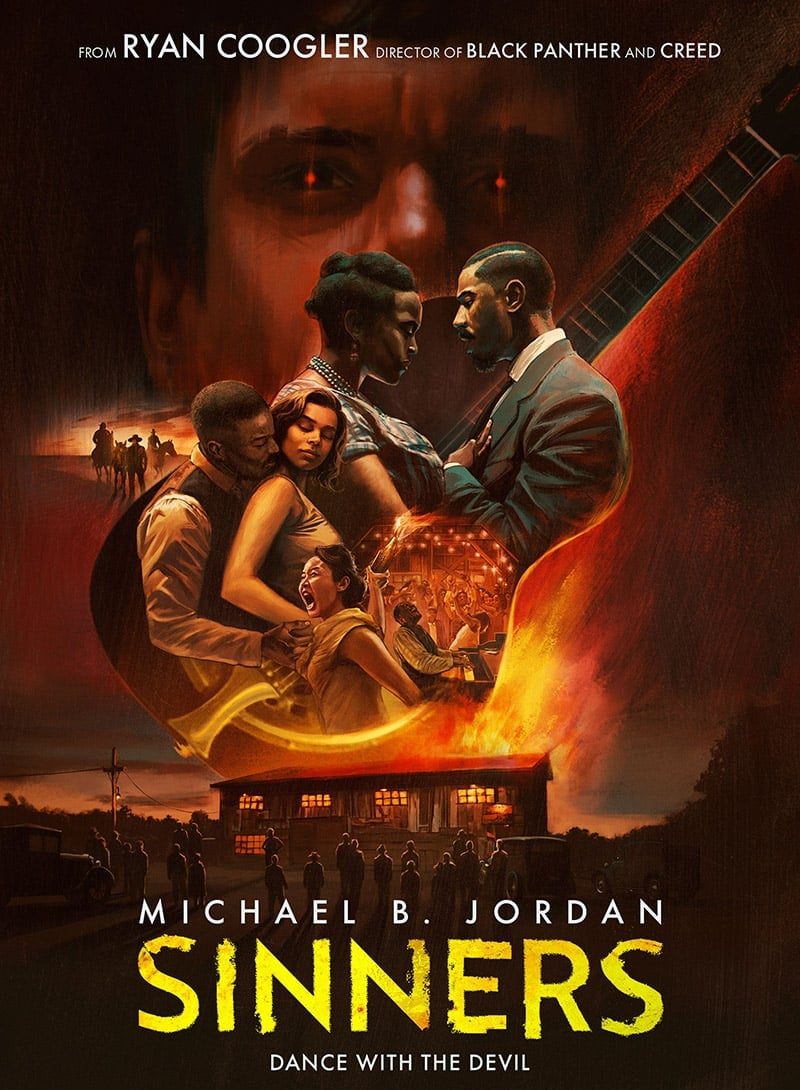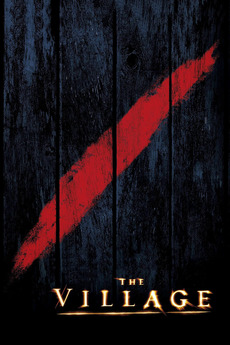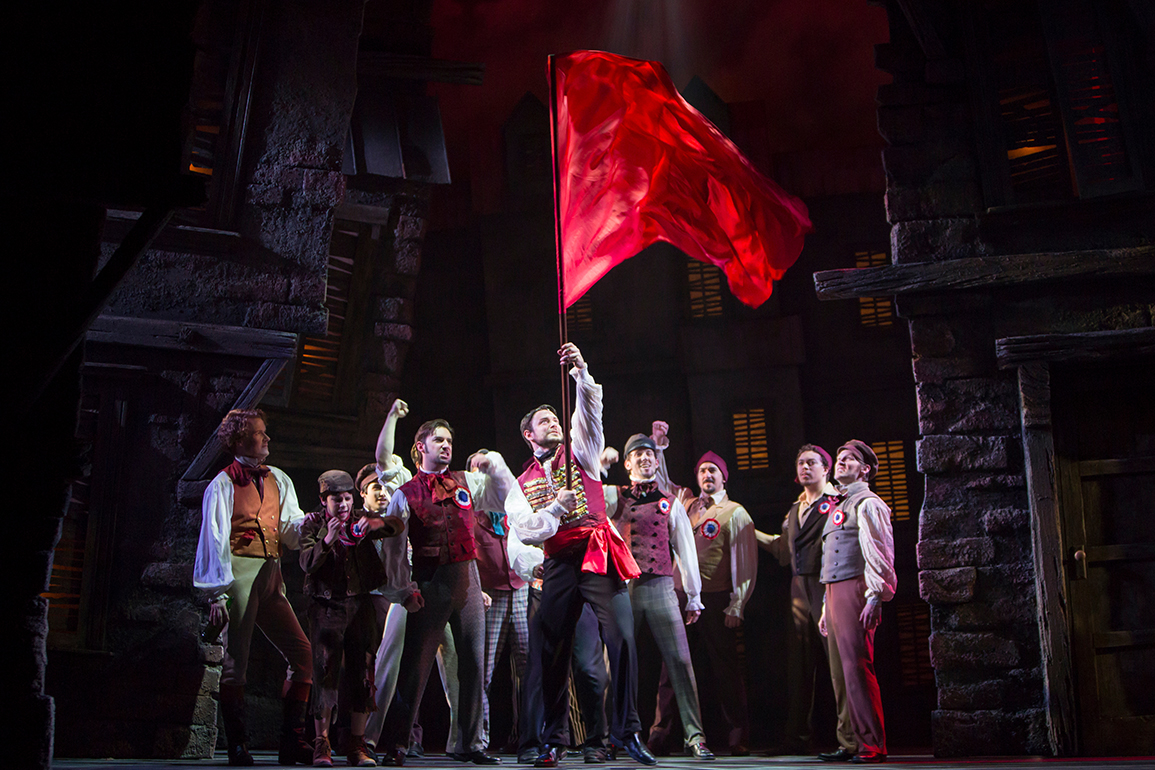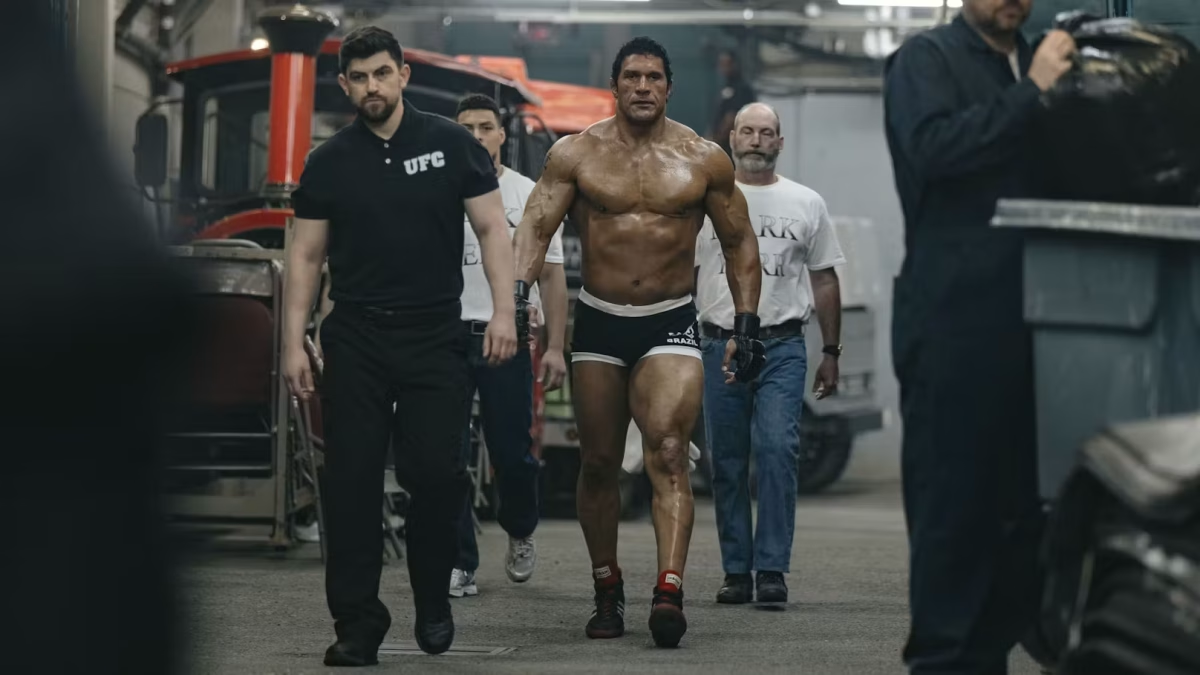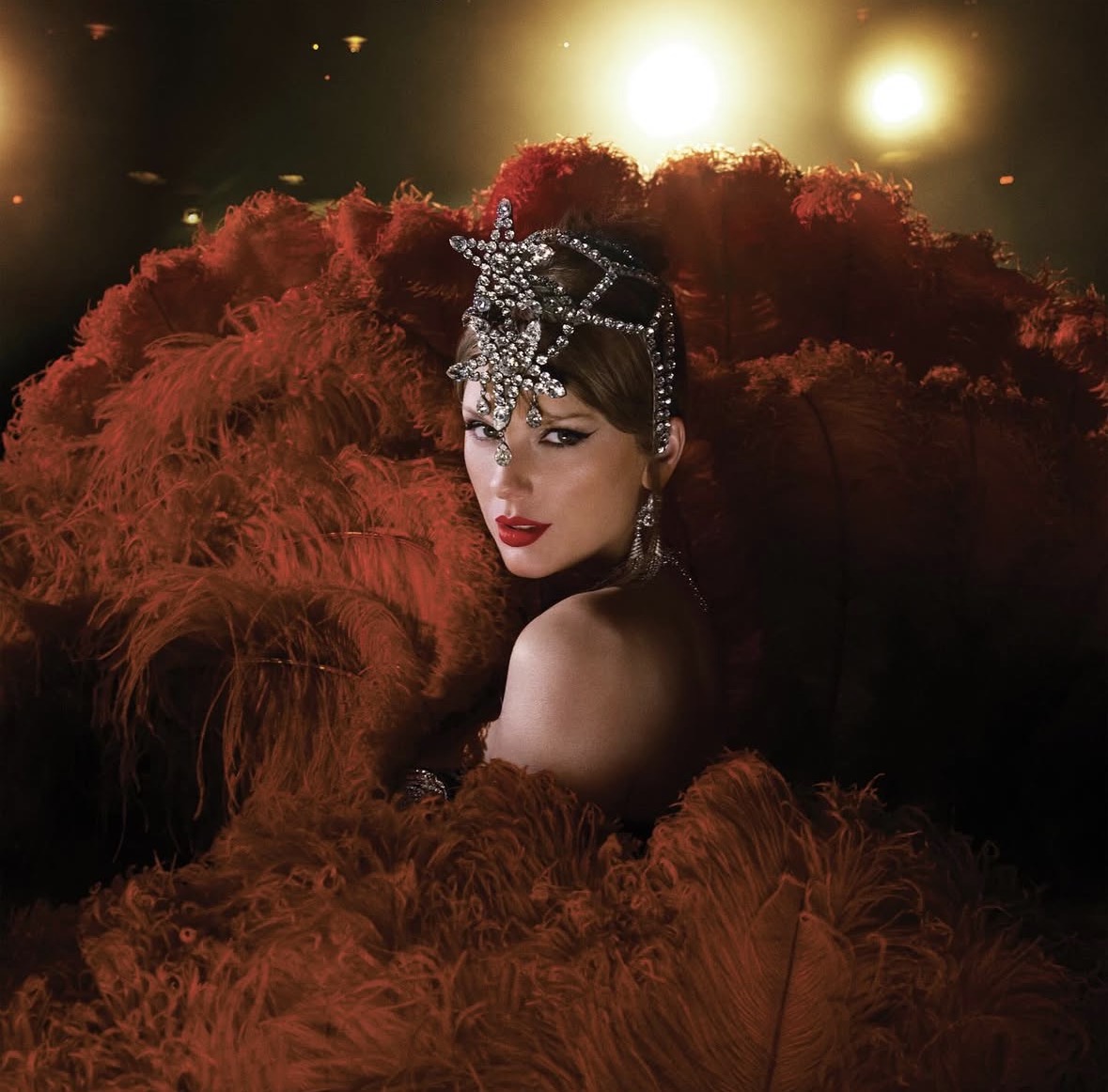To finally have a completely original work from director Ryan Coogler is exciting enough—his work on projects like the “Black Panther” and “Creed” franchises and “Fruitvale Station” sang through the screen, even if they might have been hindered by their commitment to the Marvel higher-ups or real-life accuracy. The first teaser trailer for “Sinners” showed that it would be truly unlike anything Coogler had attempted before—and after an outstanding opening week at the box office, it’s fair to say that it has surpassed expectations.
Arguably, the most impressive thing about this film is the sheer powerhouses behind it, both on and offscreen. Ryan Coogler, Michael B. Jordan and Ludwig Görranson have all worked together before on the “Creed” and “Black Panther” movies—all films centering around the Black experience, if from a wildly different context. This trio, including the instances in which Coogler has worked with Jordan and Görranson separately in “Fruitvale Station” and “Black Panther: Wakanda Forever,” is largely why every film in this catalog is so successful and well-regarded.
Görranson is one of the most prominent up-and-coming film composers of the 21st century. At 40 years old, he already has one Emmy and two Oscars under his belt—one of which he earned for his work on “Black Panther.” Görranson’s genius regarding “Sinners” cannot be understated. Without giving too much away, much of the film’s heart resides in music—one of its primary themes is how different cultures express themselves through music. This must have made writing a score a massive challenge, as Görranson was tasked with combining tribal African sounds with modern rap and hip-hop and even going so far as to incorporate traditional Irish folk songs. However, Görranson rises to the occasion, supplying an already incredible film with a score to match. Several sequences hold music at the core of what the audience sees on screen, and Görranson’s masterful, culturally diverse score provides the viewer with a context to match the visuals.
While there simply isn’t a bad performance (or even a performance that sits below the bar of breathtaking) in “Sinners,” the sure standouts are Jordan, Miles Canton and Wunmi Mosaku. Jordan is given the unique challenge of portraying two roles—a set of twins, whose unification and loyalty to one another might be the only thing they have in common, personality-wise. Nevertheless, Jordan never once blurs the lines between Smoke and Stack, keeping the twins singular in the audience’s mind. He manages to have chemistry with himself, which is impressive in its own right. His skill and craft are put to the test in “Sinners,” challenging him to experience every emotion on the scale of humanity. He lives up to what is expected of him, portraying both the twins with a deftness that cannot be taught.
But it would be a failure of any reviewer not to mention the rest of the cast, particularly Canton, who is making his film debut as Sammie. Canton is effortless in his portrayal of the young preacher’s son with a gift for music, and his smooth baritone voice simply cannot be ignored. Canton spent months learning how to play the blues on guitar solely for this role, and upon seeing him portray the child prodigy, you would think he grew up with a guitar in his hands. Mosaku is another clear standout—the conviction and control she displays through her character, Annie, are simply stunning. Mosaku portrays terror and solidity all at once, showcasing Annie’s simultaneous vulnerability and strength. She gives Annie a complexity that is fascinating to watch, and her chemistry with Jordan makes them an electric pair to watch whenever they share the screen.
While these performances may have stood out particularly, it would be remiss not to give the proper praise to each and every member of this cast. Hailee Steinfeld, Li Jun Li, Jayme Lawson, Delroy Lindo, Jack O’Connell and Omar Benson Miller are all incandescent. Never once is the audience left hanging or wondering why a moment happened. Every character—even the “bad guys”—has moments that make the audience feel sympathy or empathy for their situation. And all of these moments are portrayed by this stellar cast in a seamless fashion that rarely occurs nowadays, at least on this broad of a scale. Every decision makes sense for every character, and every line of dialogue serves a purpose in further developing their complex personalities, relationships and values.
It would be unfair to credit all of that complexity and depth to the actors alone. While they certainly deserve their flowers, it would be a tragedy not to emphasize the skill of Coogler’s writing and direction of this film. This is the magnum opus of his career thus far. It is unique, gorgeously shot and filmed, masterfully produced and tells a story unlike any other. In a world oversaturated with clichéd vampire stories à la “Twilight,” Coogler delivered a story that, while on the surface may just seem like another vampire movie, is actually a commentary on post-World War I Mississippi and the intersectionality of different cultures, and how they helped and hurt one another. Coogler discusses colonization and the cycles of oppression, emphasizing how different minorities had vastly different experiences of marginalization in the Jim Crow South—from the Asian American community portrayed through Bo and Grace Chow, to Smoke and Stack showcasing how racism and white supremacy bled past the borders of Mississippi and into fairly well-regarded communities like Chicago, to Remmick displaying the aftershocks of the catholic suppression of Ireland and the Irish community in America.
This film is truly a once-in-a-lifetime experience. It echoes with the influence of the literary brilliance of writers like Jordan Peele, Spike Lee and Stephen King. It’s a movie with so much to say, but it never feels overwrought or overstuffed. Every scene is intentional, and the runtime doesn’t feel weighted or laborious. The pacing and setups are vital to understanding why the characters make their choices; honestly, it would be a phenomenal movie without the vampires at all. But that horrific element not only serves as a genre indicator, but also as a metaphor for cultures impressing themselves on the African American community in the South.
As if that wasn’t already enough, this film is gorgeous. Every shot, every color, every moment exudes vivacity and life. Firelight casts intentional shadows, and colors create parallels between characters that are so subliminal but so, so clever. Every piece of costuming, prop and set piece helps shape the story being told, and some of the shots, particularly one or two characters in silhouette towards the end of the film (if you know, you know), are absolutely resplendent.
See this in theaters before it’s too late. You won’t regret it. Hollywood needs more films like this—inventive new concepts that bleed with originality. Films that showcase Black excellence and highlight minority communities, and genuinely have something to say in an entertaining, intelligent, beautiful way.
Rating: 5/5

